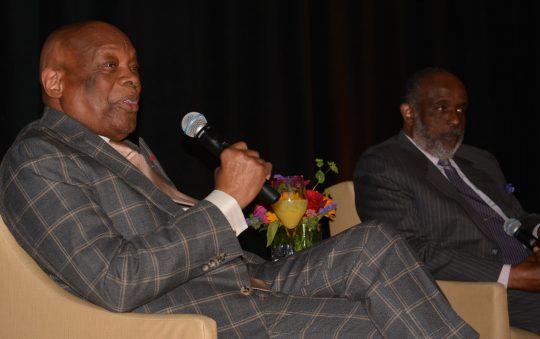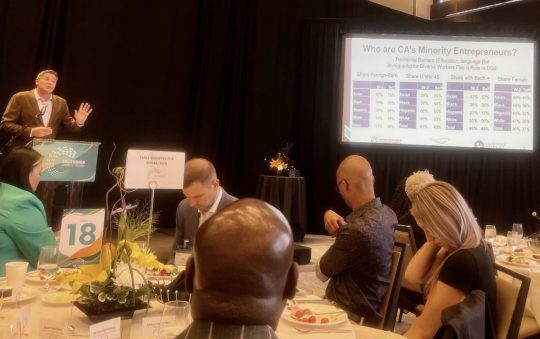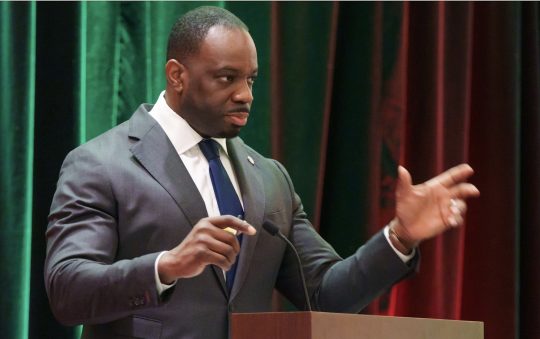
The recent approval of San Francisco’s automated speed safety program marks a pivotal moment for both public safety and economic equity in California. As the first city in our state to complete its procurement process under Assembly Bill 645, San Francisco is setting a precedent for how technology-driven safety initiatives can be implemented with the communities best interest at heart.
When AB 645 was signed into law it allowed California cities to pilot automated speed enforcement programs in specific areas with a focus on reducing dangerous speeding and protecting pedestrians. According to the Governors Highway Safety Association, traffic deaths have surged 30% over the past decade nationally, with pedestrian fatalities rising at an even more alarming rate of 77% between 2010 and 2021. These tragedies disproportionately impact communities of color and lower-impact neighborhoods, where residents are more likely to rely on walking and public transportation. In California, 35% of all traffic fatalities are speed-related, creating an urgent need for innovative solutions that protect our most vulnerable community members.
However, this initiative represents more than just a safety measure – it demonstrates how public infrastructure projects can be leveraged to create economic opportunities for minority-owned businesses. The partnership between Verra Mobility and Marinship Development, an African American Bay Area minority business enterprise (MBE), for the construction and installation of these speed safety cameras sets an important precedent for inclusive procurement practices.
As President and CEO of the California African American Chamber of Commerce, I’ve dedicated my career to expanding opportunities for African American businesses and promoting economic programs that strengthen our communities. The implementation of this speed safety program showcases how thoughtful procurement processes can advance both public safety and economic inclusion goals simultaneously.
The legislative framework established by AB 645 includes important safeguards to ensure the program serves its intended purpose of improving safety rather than generating revenue. This balanced approach, combined with local oversight and community involvement, creates a model for other California cities to follow as they develop their own speed safety programs.
As we move forward with implementation, it’s crucial that we focus on both the safety and economic equity aspects of this initiative. The program’s success will be measured by reduced speeds and fewer casualties in addition to its ability to create sustainable opportunities for minority-owned businesses and demonstrate the value of inclusive procurement practices.
San Francisco’s speed safety program shows that when we approach public safety initiatives with both innovation and inclusion in mind, we can create solutions that protect lives while building stronger, more equitable communities. As other cities prepare to implement their own programs under AB 645, they should consider following San Francisco’s example of combining cutting-edge technology with a community-centered approach.
The road to safer streets parallels the path toward greater economic equity. San Francisco’s speed safety program shows us how to navigate both successfully.
Ahmad Holmes in the president and CEO of the California African American Chamber of Commerce.





